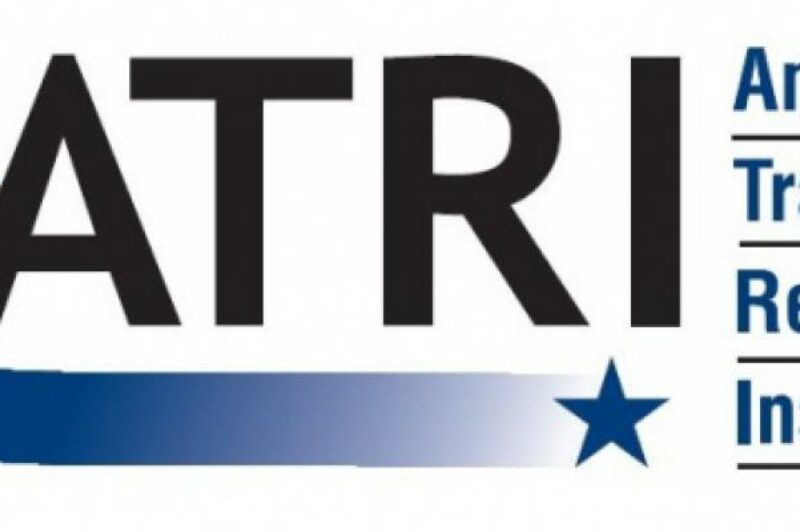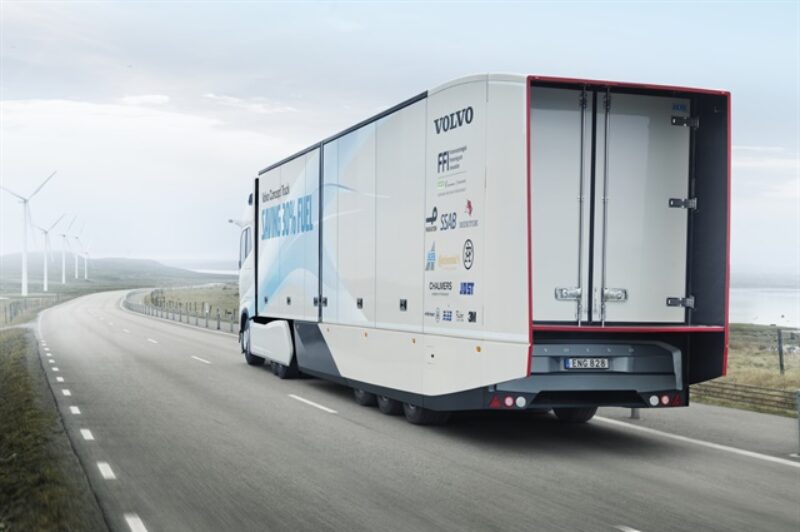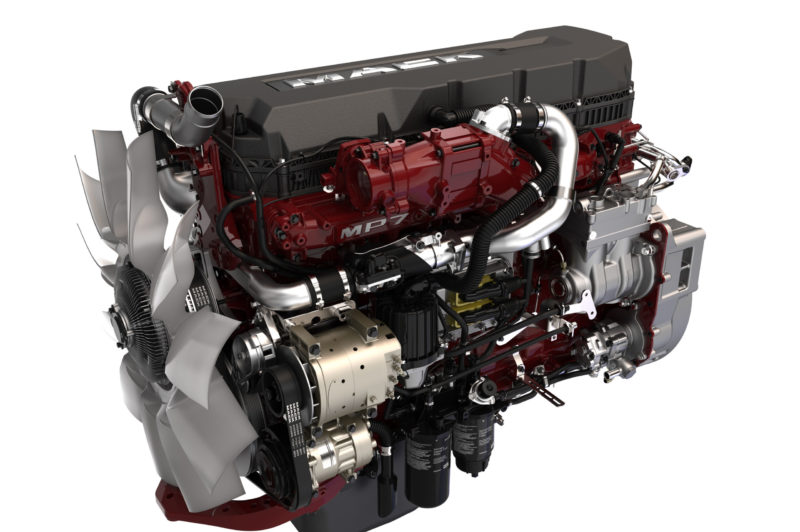fuel economy
Fuel-saving engine accessories tough to justify: NACFE
NASHVILLE, TN - Variable engine-driven accessories offer "relatively modest" fuel economy gains and can be complex, making it difficult for fleets to justify the related investments, the North American Council for Freight Efficiency (NACFE) and Carbon War Room have found.

Study showcases use of fuel-saving tech
ARLINGTON, VA - What does it take to reach 6.5 miles per gallon (36 liters per 100 kilometers)? A survey by the American Transportation Research Institute, University of Michigan Transportation Research Institute, and sponsors at ExxonMobil offers some insights into what fleets did to reach this median target.


Fuel economy up 3% at 17 major fleets
NEW YORK, NY -- Seventeen major North American fleets - including Canadian-based Challenger Motor Freight and Bison Transport - boosted their fuel economy by 3% in 2015, according the Annual Fleet Fuel Study released today by the North American Council for Freight Efficiency (NACFE). Fleet-wide fuel economy increased from 6.87 to 7.06 miles per gallon (34.2 to 33.3 liters per 100 kilometers), representing the largest boost in eight years of consecutive improvements. And they saved just shy of $650 million on fuel bills when compared to the national average. Put another way, their individual trucks saved about $6,020 per year compared to the baseline of a "business as usual" truck that reaches 6.3 miles per gallon (37.3 liters per 100 kilometers).

Volvo concept boosts fuel economy 30%
With almost one-third lower fuel consumption, Volvo Trucks' new concept vehicle shows how it is possible to drastically boost productivity in long-haul operations. With support from the Swedish Energy Agency, Volvo developed a new concept vehicle, the result of a five-year-long research project aimed at creating more energy-efficient vehicles. The new concept truck is said to cut fuel consumption by more than 30%. "Our concept truck showcases the immense power of on-going technical advances," says Claes Nilsson, Volvo Trucks president and CEO. One of the key factors behind the low fuel consumption is its massive 40% improvement in aerodynamic efficiency that has benefited both the tractor and trailer.

Mack boosts fuel economy under Earth Day backdrop
AUSTIN, TX - Mack Trucks' choice of the setting and day to unveil a series of powertrain upgrades was no coincidence. Austin, Texas is known for its music and barbecue, but is also recognized as one of the Top 10 greenest cities in the U.S. And April 22 marks Earth Day. Collectively, they offered a fitting backdrop for changes made in the name of fuel economy. The 2017 Mack MP engine lineup will see fuel economy jump between 2.1 and 8.8% compared to today's models, while a new Predictive Cruise will effectively memorize terrain and enhance shifts when routes are repeated. Engine upgrades include a common rail fuel system, and turbo compounding that tranforms waste heat into torque on the camshaft. Fuel-saving enhancements have certainly put the engines on a diet. The common rail fuel system, widely used in Europe, allows for an assembled camshaft that is 27 pounds lighter than its single-piece predecessor. The MP8's cylinder block is also 44 pounds lighter than today's models. Even when turbo compounding is introduced on the MP8, the engine is still 33 pounds lighter than existing models.

Concerns at U.S. GHG Hearing, Canada Expected to Adopt
LONG BEACH, CA - Proposed regulations, expected to adopted by Canada, regarding U.S. greenhouse gas emissions (GHG) and fuel efficiency standards for medium- and heavy-duty trucks were the focus of a public hearing on Tuesday in California. Officials from the U.S. Environmental Protection Agency (EPA) and National Highway Traffic Safety Administration (NHTSA) held the event to gather comments about their joint proposal. An earlier hearing was held this month in Chicago. Representatives from government and environmental agencies, manufacturers, fleets and other related organizations were allowed five minutes each to make a public statement on the proposed Phase 2 GHG rules as currently outlined. A panel of top members from EPA and NHTSA listened and posed clarifying questions.